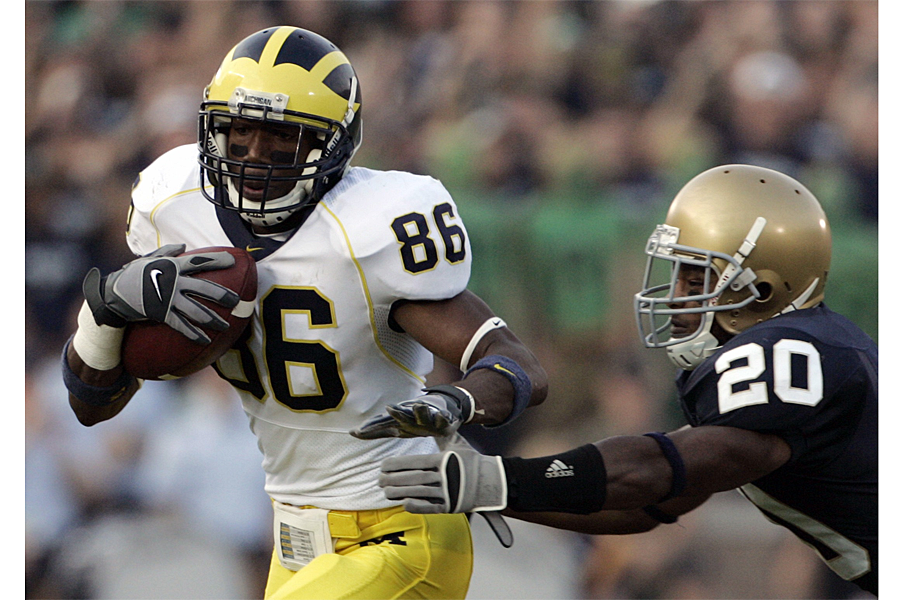Are college athletic programs responsible for tuition hikes?
Loading...
College sports may be a culprit for the student debt crisis.
A new documentary short is highlighting the exorbitant amount of money colleges and universities are spending on athletics while tuition continuously grows for students and faculty positions slowly diminish.
Titled “The Big Game: College Football Stealing Your Education,” the 2-minute video cites that contrary to popular conception, 82 percent of college football programs lose an average of $11 million per year, and that universities spend nearly seven times as much on athletes as on educating students. Meanwhile, the average cost for tuition and fees has almost doubled since 2000.
“There’s this common consensus that athletics bring money to the school, and its manifestation in the public keeps us from actually doing the math,” Vanessa Baden Kelly, a spokeswoman for Brave New Films, tells The Christian Science Monitor.
For instance, the documentary researchers found that Utah State University spent $25 million on sports last year, but only earned $11 million from its own athletic departments. The rest of the $14 million, the narrator says, came from tuition and tax subsidies. Likewise for Kent State University, where 54 percent of the school's athletic budget comes from students.
The top schools do have profitable sports programs, Ms. Baden Kelly says, but after the top 20 or 30, people forget about the thousands of schools with football teams that aren’t making money.
Especially compared to the dismal work climate for adjunct professors, the money poured into sports can seem egregious. In an opinion piece for the Huffington Post, Brave New Foundation filmmaker Robert Greenwald explains that in order to fund expensive athletic programs, schools must rebudget elsewhere.
“At many universities, this means cutting faculty and entire degree programs,” Greenwald writes. “University of Akron recently cut 215 jobs and $40 million dollars from their budget. But their tuition did not go down. Instead, they signed Terry Bowden, head coach of their football program, to a $2 million dollar contract.”
The conditions for adjunct faculty is precisely why Brave New Films was inspired to make its film, Kelly says, as part of a series on the student debt crisis.
“The most important finding [in the film] is the fact that this huge debt crisis that’s coming out of institutions of higher learning can be curbed in many ways that we don’t realize,” Kelly says. And college sports is only one of them.






